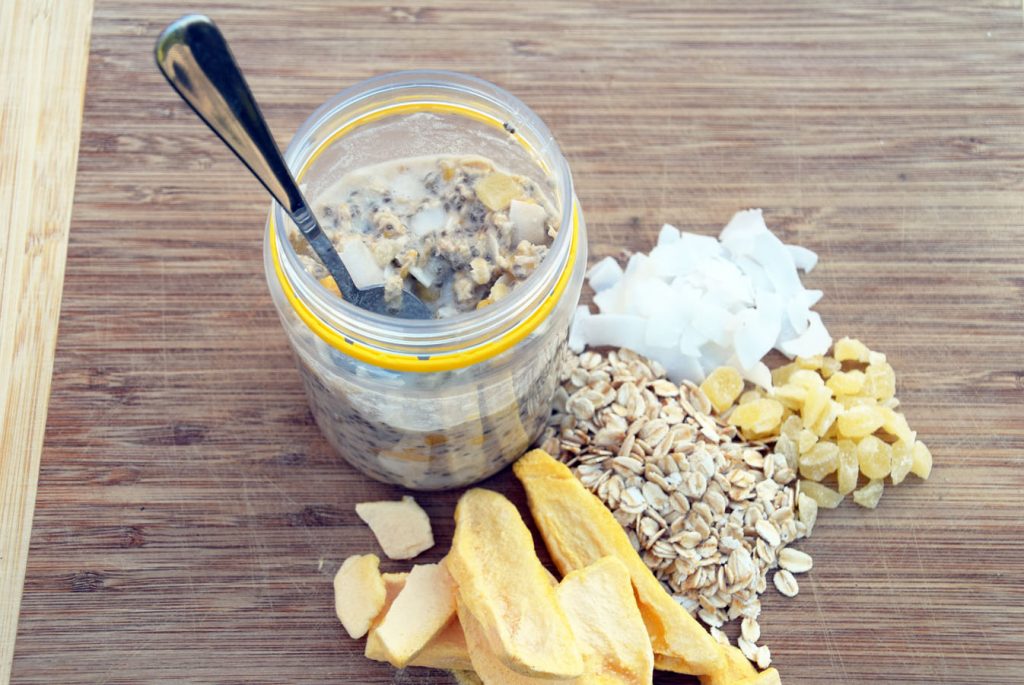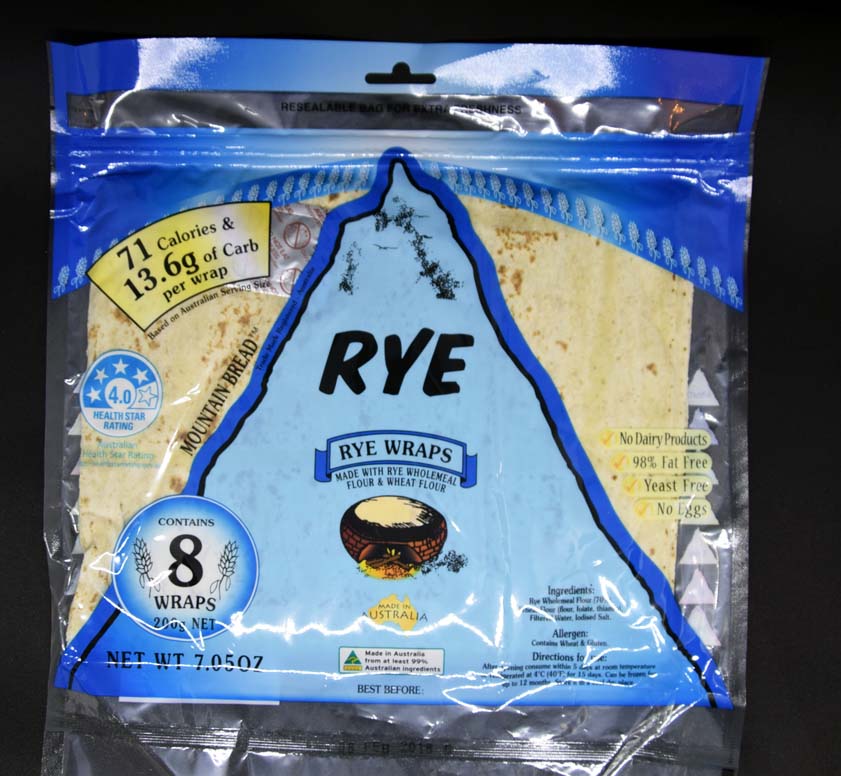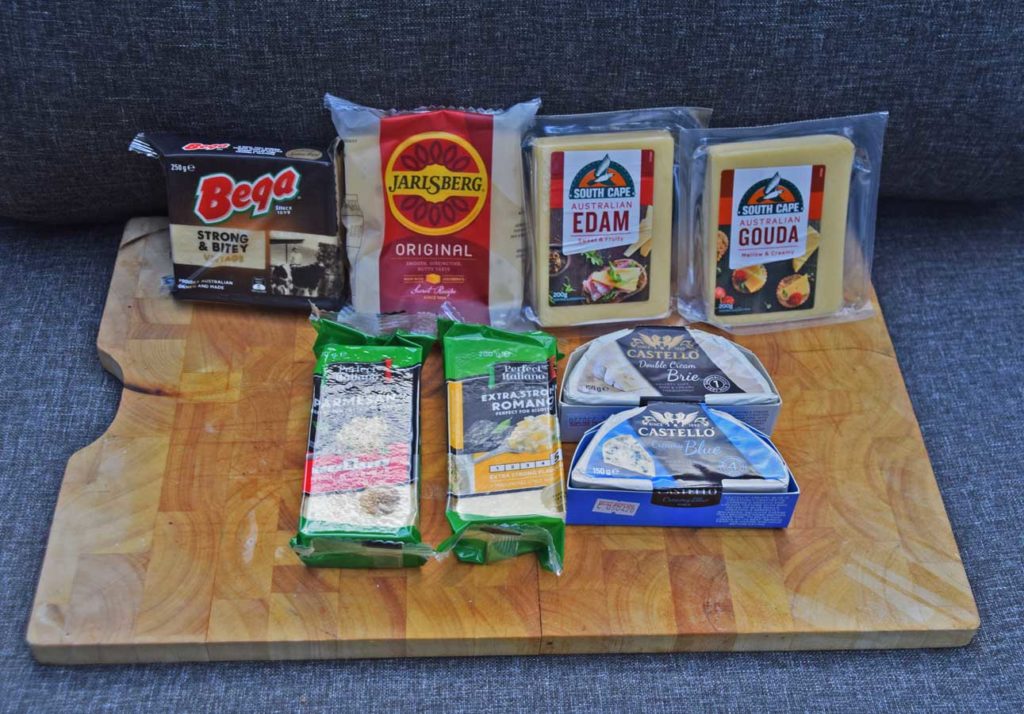Food on the Trail, a Beginner’s Guide
Hiking practice
Where to begin?
My wife once told me that she’s third on the list of my favourite things with food being number one! Now I won’t get into that argument, I know better, but food is very important to me, not just from a survival perspective but because I really do enjoy it. Now this preoccupation with food is not just me. When we first start hiking apart from the myriad of equipment choices that we are presented with there is also the question of what do we eat on the trail, how do we carry it and how do we prepare it? The aim of this article is to take some of the angst out of mealtimes for new hikers by providing an overview for quick and easy food options on the trail that doesn’t require much preparation or thought. By keeping food selection simple at the start this will allow you to focus on everything else that is going on.
In future articles we will discuss more complex meal choices including dehydration, cooking and meal preparation on the trail to help widen your menu.
Types of hiking, a broad overview
When talking about food for hiking we first need to consider what types of hiking we are talking about. Day, overnight or multi-day/multi-week hikes each have their own unique challenges and the type of food that you carry will vary for each. Lets look at why.
Day Hikes
Many of us started hiking with simple easier day walks before progressing on to overnight and longer trips and this makes the meal decisions much simpler. When you are hiking for just a single day the sky’s the limit (almost) in what food you can take with you. You still have to carry it but given that you usually aren’t carrying tents and other overnight gear, weight and pack space tends not to be an issue. Unless your are day hiking in very cold conditions cooking is usually not on the cards so the food that you tend to carry can be thrown together at home.
Overnight Hike
If were doing an overnight hike we now have the added burden of our camping equipment as such our pack weight has increased. In most cases for an weekend overnight trip we may have four or maybe five meals to cater for as well as snacks. This is still not a lot of food by any means. On overnight trips you can choose to keep it really simple and bring some pretty fancy food for your nighttime meal. You can also choose to carry some form of camping stove so that you can rehydrate food and to make a hot drink of some sort.
Multiday/multiweek Hikes
This is where it can become difficult. Carrying food for anything up to ten days at a time on the trail is not just a matter of taking one day and multiplying. On extended hikes there are four main considerations:
- Food weight
- For multi-day hikes food is often the biggest individual weight impost and when you carry 7-10 days of food at a time you really want to consider each and every item because the weight adds up. My typical food allotment which I have whittled down over the past 4 years for 10 days weights in around 5.6 kg (12.4 pounds) or 560 grams (dry weight) a day. The food you eat needs to provide the calories to keep you going but not be excessively heavy. Thankfully you will reduce this weight each day as you eat
- Food perishability
- If you are hiking for an extended period whatever food you bring with you must be able to survive being dragged in and out of the pack as well and ensuring that it doesn’t go off. While you may be able to carry perishables for the first day or two that’s about the limit. A good example here is bananas or peaches which will often end up squashed by the time you get around to eating them as well a fresh cheese
- Desirability
- On an extended multi-week trip I go through very defined periods of what I like to eat. A good example here is nuts and as much as I love nuts in my normal day to day life I just can’t handle them on the trail preferring macadamias, pistachios, and cashews. On long trips food gains in importance so its more critical that you enjoy what you eat. Life’s to short to eat food you don’t enjoy so you need to have variety in your hiking diet
- Calories
- For most of us in our normal day to day life we keep an eye out on how much we eat. In our normal lives the benchmark figure for an adult is around 2000 calories (8700 kilojoules). On an average hiking days where I walk around 13-30 km I use around 4000 calories however on big days I can burn up to 8,000 calories. On my 5 week 2018 Biibulmun track walk I averaged loosing 3kg( 6.6 pounds)/week in weight. This is due to being super active, not having access to junk food and loss of appetite on the trail. What this means for me is that I need to carry food that is calorie dense. The higher the calorie content with good examples being calorie dense food such as macadamia and cashew nuts or nut butters

This photo was our food (for two people) from our 14 day Larapinta Trail hike. Everybody over caters on the Larapinta Trail including us! We’ve learnt since then
Food hygiene
Handling food on the trail is really no different to how you deal with it at home. For some reason though we seem to be willing to take bigger risks and the ‘5 second rule’ becomes the ‘I’ll just pick it up, brush it off and continue eating it rule’. Somehow most of us are still alive so it can’t be all bad. What level of risk you take with food becomes a personal choice but here are some common things to consider.
Mould
Mould is only likely to be an issue on long trips. In researching for this article I came across a number of hiking blogs that discuss mould, particularly in relation to cheese. Food experts will usually advise that it is acceptable to ‘just cut off the mouldy bit’ when we are talking about dryish hard cheese but in doing so recommend that you allow a couple of centimetres on top of the obvious mouldy area just to be sure. Food such as the hard salamis can just have the mould scrubbed of the surface. In relation to other food that is soft and high in moisture e.g. jam, peanut butter and bread, it should be thrown out.
What not to take
Avoid carrying food such as raw meat, particularly chicken unless you have it adequately cooled which usually means a cooler and lots of ice. Not really an option for most hiking scenarios. As previously mentioned avoid soft food such as peaches and bananas. Even apples tend to get bruised on a trip past the first day.
Wash your hands
Washing your hands prior to preparing food is common practice and preparing on the trail is no different. But sometimes its just not possible to wash your hands with water and soap and we have to rely on hand sanitiser instead. Do the best job you can particularly if you are preparing food for others and use utensils where you can rather than your hands.
Don’t share
One habit to avoid is sharing trail mix as you never know how well others have washed their hands. Sharing food is fine but keep everyones hands away from what goes in your mouth.

Hand sanitiser should form part of every hikers kit
The following are some quick and easy options for meals on the trail that don’t rely on cooking and dehydrating meals at home but rather making use of commercially prepared freeze dried meals as well as food options available in most supermarkets. Commercially prepared meals aren’t cheap but they are very easy to prepare and save time. While there needs to be a balance, time saving is my main consideration. As much as I love food, I don’t like cooking on the trail. For me hydrating with cold/hot water is my main form of cooking.
The following are quick, easy to prepare, and simple meals options set out by meal times
Breakfast
Commercially Manufactured cereal (40grams)
- 2.5 Weetbix + 2 tablespoons of powdered milk + water + sugar to taste
- All Bran + 2 tablespoons of powdered milk + water + sugar to taste
Overnight Oates
I will vary these four options over a multi week trip

Lunch
Wraps
Bread wraps are a quick and easy meal choice
- Wrap with Peanut Butter
- Wrap with Nutella
- Wrap with cheese on shorter hikes
- Wraps with such as Hummus, Black Bean or Broad Bean Dips (or just eat the dip by itself)
Rehydrated Couscous
Couscous is a product that can be rehydrated with either hot or cold water. Here are two options that make lunch nice and easy.
Fish
Most of the larger supermarkets will sell salmon in foil pouches and these have become very popular with many hikers as both a lunch and dinner option. Campers Pantry now offer Freeze dried options

Foil packed salmon

Peanut Butter has loads of calories. I usually bring a 375gram jar on a 5-7 day hike

Bread wraps
Dinner
As mentioned freeze dried meals are not cheap but they are convenient. Many hikers won’t use them preferring to make their own meals at home and cook/rehydrate on the trail. I am quite happy to use the commercially prepared meals. I like the taste, they are easy to prepare, and they don’t take up time that I don’t have to make. Don’t get me wrong there are times when I will make my own food. When you first start out use the commercial meals until you know what you like.
At the time of writing this article here are my top 10 freeze dried meal choices that are readily available on the market. These ten meals are those Gill and I both like but they may not suit everyones tastes.

Freeze dried meals are a good option for dinners on the trail. Everyone has unique tastes so choose something that you like
Snacks
There are a huge amount of snacks on the market and this is one of those food options where each of us knows what they like:
Sweet Treats
- Dried fruit
- Nuts
- Trail mix
- Chocolate
- Muslei bars are all good options
For a full write up of my current sweet snack selection go here
Savoury Treats
- Cheese
- Choose a hard cheese that is low in moisture and wrap in a cloth
- Parmesan, Grana Padano, Swiss Gruyere, Cheddar, Gouda and Mozzarella are all good choices
- Processed cheese may not taste as good but it’s great for longer trips
- Find out more about cheese for hiking here
- Salami
- Choose hard and dry varieties but eat within about three days

Cheese options on the trail

Kooee Jerky. This product is not cheap however this is the best jerky that I have come across to date
Drinks
Tea, herbal tea, coffee, hot chocolate and cups of soup are all options for hot hiking drinks. I tend to stick with hot chocolate and herbal teas with the occasional cup of soup thrown in

Hot Chocolate comes in small sachets
Last words
We hope this overview has helped, particularly if you are new to hiking. As you become hooked on hiking and camping your meal repertoire will expand as you gain in skill and learn what you do or don’t like. What it comes down to in the end is if you don’t like it you will struggle to eat it so only bring food that you enjoy.